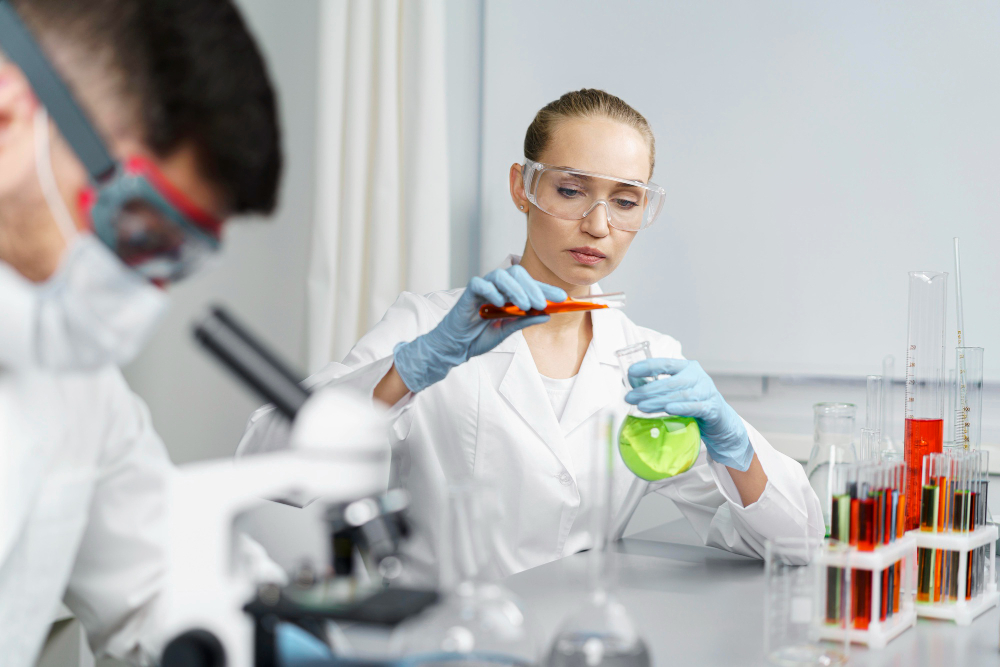Drug testing is an important way for companies, the police, and even people themselves to find out if someone is using drugs. When it comes to keeping the workplace safe, following the law, or taking care of your own health, drug testing is an important part of many areas of life. In this article, we will talk about the different kinds of drug tests and how they work. You will also learn some best practices to make sure the results are correct and reliable.
Types of Drug Testing
In order to do drug tests, there are several different ways, and each has its own benefits and uses. Most people get one of these types:
- Urine Drug Testing:
The most usual way to test for drugs is with urine. It can find a lot of different drugs, like cocaine, marijuana, amphetamines, opioids, and more. Because it is accurate and inexpensive, it is frequently used for employee drug testing. Drug residues are chemicals that the body makes after using drugs. A pee sample is taken and tested to see if they are present.
- Blood Drug Testing:
Blood tests for drugs is more invasive, but it is very reliable. It can actually find drugs in a person’s blood. This makes it perfect for checking for recent drug use. This method is frequently used in court-ordered drug testing situations. It is also used when a more rapid and accurate drug or alcohol testing is required.
- Alcohol Testing:
Many times, a breathalyzer is used to test for alcohol. Police and people who work with people often use this way to check how much alcohol is in someone’s breath. This method is quick, doesn’t hurt, and gives instant effects. During employee drug testing or in situations of possible intoxication breath alcohol tests are frequently needed.
The Drug Testing Process
The drug testing process varies depending on the method used, but it typically involves the following steps:
- Collection:
The sample must be collected as the first step in any drug test. For urine, spit, or hair tests, the person being tested gives the sample under observation to make sure it is real. A breathalyzer is used to take a sample of breath for alcohol testing.
- Laboratory Testing:
After the sample is taken, it is sent to a licensed lab to be analyzed. The lab does a thorough test to see if the sample contains any drugs or alcohol. Some people use fast testing kits to get answers quickly, but lab testing is usually more accurate and reliable.
- Results:
The results are given after the sample has been examined. If the result is negative, it means that no drugs were found. If the result is positive, it means that substances were found. A medical review officer (MRO) generally looks over the results of more official tests, like court-ordered drug tests. They can be interpreted correctly to make sure they are correct.
Best Practices for Drug Testing
- Choose the Right Type of Test:
The situation determines which test is most suitable. Due to their efficiency and low cost, urine tests, for instance, may be required for employee drug testing. For a longer detecting window, court-ordered drug testing may employ hair or blood tests. Using a breathalyzer to test for alcohol is the best way to quickly see how drunk someone is.
- Ensure Proper Chain of Custody:
Keeping a good chain of control is very important for making sure that drug test results are accurate. From getting the sample to checking it in the lab, all the steps must be carefully followed to make sure nothing is contaminated. This is very important for legal tests, like court-ordered drug testing, where getting the results wrong can have very bad effects.
- Use Certified Laboratories:
To make sure the results are accurate, only use drug testing labs that are recognized and certified. Certified laboratories adhere to tight requirements and employ modern technology to effectively identify drugs. For example, Face DNA Test is one of the best labs to deliver quality services to customers. This lab provides facilities for all kinds of testing, including employee drug testing and court-ordered drug testing.

